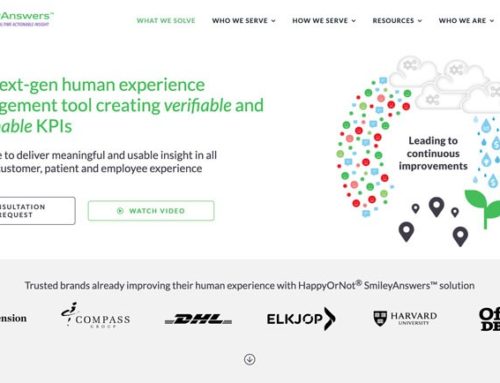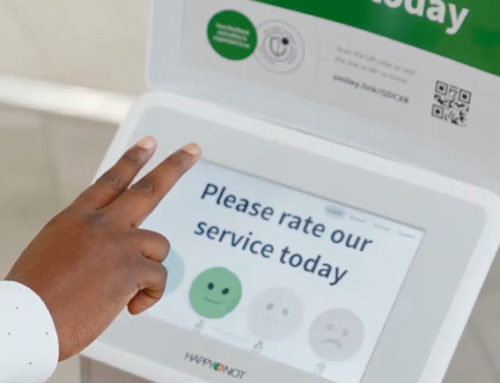As customer service continues to become a way for organizations to distinguish themselves from their competition, being able to uncover hidden pain points will become essential for organizations to succeed in the current environment. Customers will continue to put more importance on reviews as they decide which businesses or individual products and services they purchase. To begin, let’s define a customer pain point:
Customer pain points are the problems that customers face when doing business with your organization.
Some common pain points can include:
- Long waits
- Bad surprises for the customer (example – extra charges)
- Negative interactions with employees
- Hard to navigate channels
- Inconsistency with service along an experience
- Employee not listening to understand a customer need
- Wrong information given to the customer
- Complicated fees or instructions
- Staff not knowledgeable
- Customer feeling ignored
- Not enough staff or resources for the customer
- No response to customer inquiries
- Customer doesn’t see value
- Customer repeating themselves to different employees
What is your customer’s expectation at each touchpoint?
The thread that brings all of these common pain points together is the expectation of the customer. At each touchpoint, a customer brings a set of expectations of what that particular touchpoint will be like. When the touchpoint is below an expectation, a negative response occurs. The amount of negativity depends on the expectation coming into the experience and the temperament of the individual customer. Since each customer brings with them a history of experiences that is unique to them, their expectation of the experience is also unique.
Measure your customer’s expectations
Since each customer interaction along an experience is unique, it is important to have a way of measuring how your customer perceives this experience. By having a simple way for a customer to provide feedback, your organization can capture the positive and negative responses given by the customer. With obtaining real time feedback, you will have the ability to understand how a customer sees an interaction while they are in the experience.
Follow your performance
As customer perceptions and expectations are collected, analyzing this information will help you discover hidden pain points. This is where an organization can shine by taking this data and making solid improvements to match or exceed customer expectations at the discovered pain points. With real time feedback, you are able to make these changes quicker to improve the customers overall experience.
Improve your business
As positive changes are made along a customer experience, the results will show with newly collected data. Sharing these successes with both customers and employees will help you increase positive perceptions of all stakeholders and it will help you boost customer loyalty and referrals. These positive changes will also enhance the brand and strength of your organization.
Perceptions and expectations are constantly changing
The customer perception and expectation of a positive experience are constantly changing. A few drivers of these changes include new technologies, culture shifts, experiences shared by others, and increased attention to customer service by businesses. Adding these and other important factors impact how the customer will see their experience with your organization. The important take away is that each organization needs to constantly measure customer perceptions to be on top of these perception changes. By having a culture that demands having a consistent pulse of where your customer’s expectations are, your organization will become more competitive compared to those who do not take on this essential task.
Wrapping it up
We are in a feedback economy. Along with seeking customer reviews of the organizations they want to do business with, today’s customers are obtaining ways to give their own reviews and feedback as they interact with your organization. The expectation of the experience is in constant change along with the perception of how a customer sees the organizations they want to do business with. By having a strategy that focuses on taking more control of how the customer experience is executed along with understanding and managing customer expectations, your organization will be able to adapt to this fast-changing business environment and reduce the number of pain points your customers have.
Contact SmileyAnswers to see how we can help you measure, follow, and improve your customer’s experience. With real time feedback from the HappyOrNot® Smiley’s, we can assist you in discovering hidden pain points that your organization can make immediate changes to. As your share your successes with customers and employees, your organization can make a cultural shift that will strengthen all the stakeholder relationships. In a time of constant change, having real time feedback and being able to adapt to customer demands is vital for businesses to succeed.




